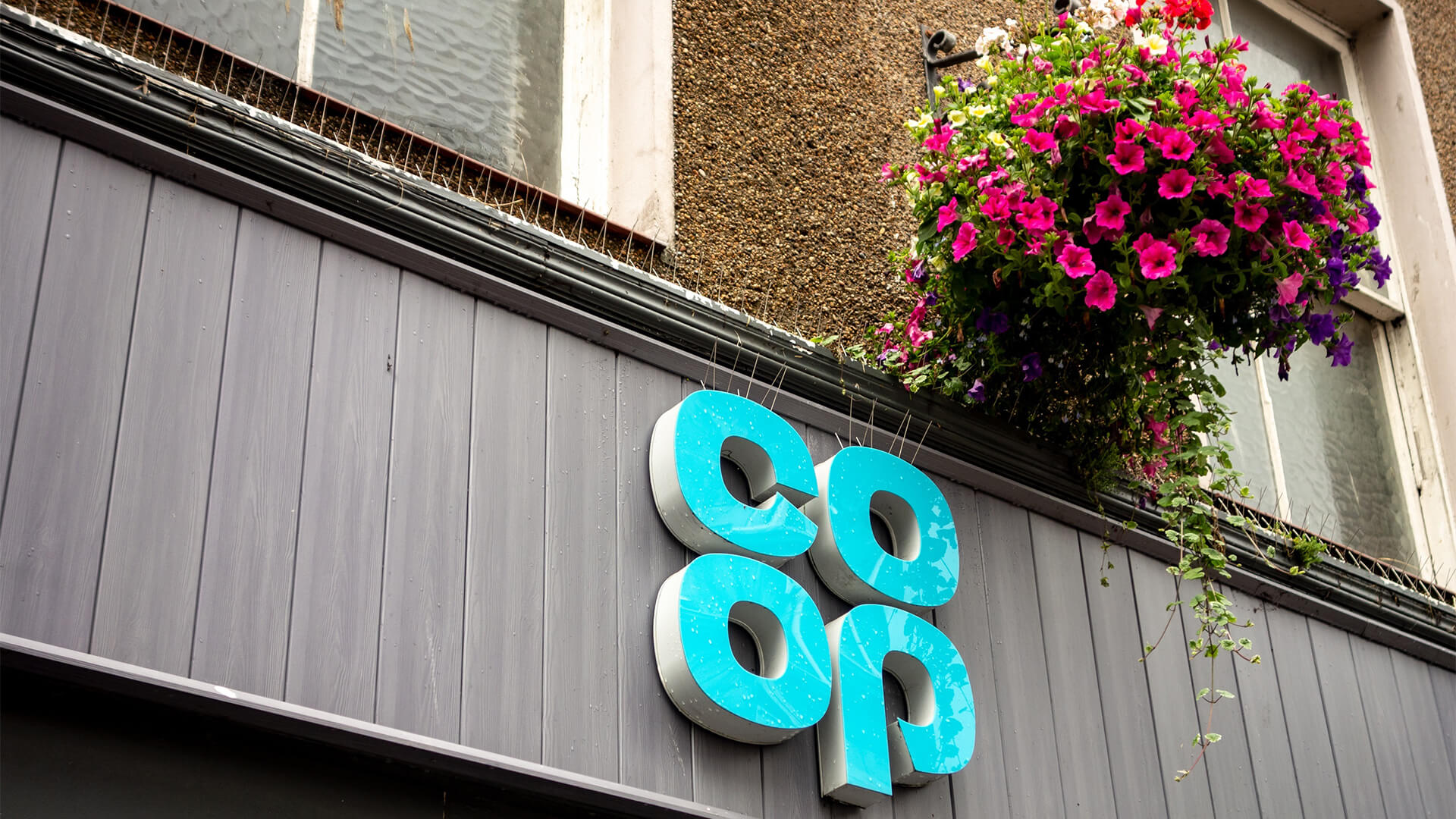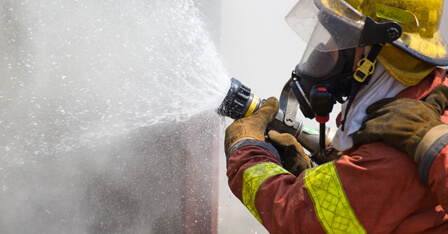Fabric Ducting as an air diffusion and ventilation product comes alongside several environmental benefits, helping businesses operating across a wide range of industries to make greener decisions within their everyday company practices. In order to learn more about the environmental benefits of fabric ducting technology, we must first understand what fabric ducts are and the applications in which they are typically used.
What is Fabric Ducting?
Fabric ducting technology assists with both the diffusion and transportation of air within a room, with systems visibly mounted to deliver air throughout any given space. Air socks are constructed from polyester materials that are sewn together to the shape or diameter best suited to the needs and requirements of the application.
Due to their bespoke nature, fabric ducts are typically made to order – they’re not stock items. Each and every system is custom-made for its project, taking into account any special requirements or design specifications. Factors such as mounting height, air volume, air throw distance, air velocity requirements, available pressure, and supply air temperatures will be unique for all applications – meaning fabric ducting systems are not typically suited to a one-size-fits-all approach.
With a wide variety of materials available to choose from, fabric ducting provides both a visual and technical ventilation solution to almost any business space. The highly customisable nature of fabric ducting systems results in a bespoke product that offers technically robust air distribution to most applications, ranging from offices and classrooms, warehouses, laboratories, and hospitals, to even swimming pools, sports halls and gyms.
Environmental Benefits
Numerous environmental benefits come along with the use of a fabric ducting ventilation system within any business application, helping companies to not only make greener business decisions, but to save on spend while doing so.
So, how do fabric ducting systems help businesses to support eco-friendly practices?
As previously mentioned, air socks are constructed from polyester materials, replacing traditionally manufactured diffusers made from galvanised sheet steel. Compared to these galvanised steel ventilation systems, polyester fabric ducts hold over 18 times less embodied carbon per metre 2 of materials. This comes as a result of fabric ducting options being much lighter in weight than their sheet steel counterparts.
The lightweight nature of these fabric ducting systems results in both spend-based and environmental savings, including lower transportation costs, reduced storage space, and packaging materials. As all fabric ducts are supplied and transported in cardboard boxes, these systems also use sustainable packaging options.
The majority of fabric ducting systems operate on an air pressure of about 120Pa, working to inflate the duct and distribute air around a space. These ventilation systems are self-balancing, which results in higher pressure, energy, and cost savings, reducing pressure drops through dampers that control different branches within the system.
Most fabric ducting systems are bespoke and made to order. As they are constructed to the specific dimensions and design requirements for their business application, air socks help to cut down on excessive fabric waste.
To take these environmental benefits one step further, fabric ducting suppliers at Prihoda work to produce ducts made from 100% recycled materials. Constructed from recycled plastic bottles, their ventilation solutions work to re-utilise roughly thirteen 500ml plastic bottles per metre 2 of materials used. This means that the average 710mm x 10m fabric ducting system supplied by Prihoda would use roughly 290 plastic bottles that may have otherwise been sent to landfill.
Choosing these recycled fabric ducts will help businesses see a 34% reduction in greenhouse gas emissions, a 50% reduction in water use, and a 66% reduction in energy consumption in the production of their bespoke ventilation system.
Overall, fabric ducting systems, particularly those constructed from recycled plastic materials, provide significant environmental benefits compared to the traditional ventilation systems of the past, allowing businesses across a range of industries to promote environmentally friendly practices within their daily operation.
Custom-made to the exact requirements of each and every application, and available in a variety of different colours and prints, fabric ducts blend seamlessly into any space.
With a low cost, extended warranty, and hygienic, cleanable design, fabric ducts provide an adaptable and practical air diffusion solution – one that is widely used throughout Europe and around the world.






























